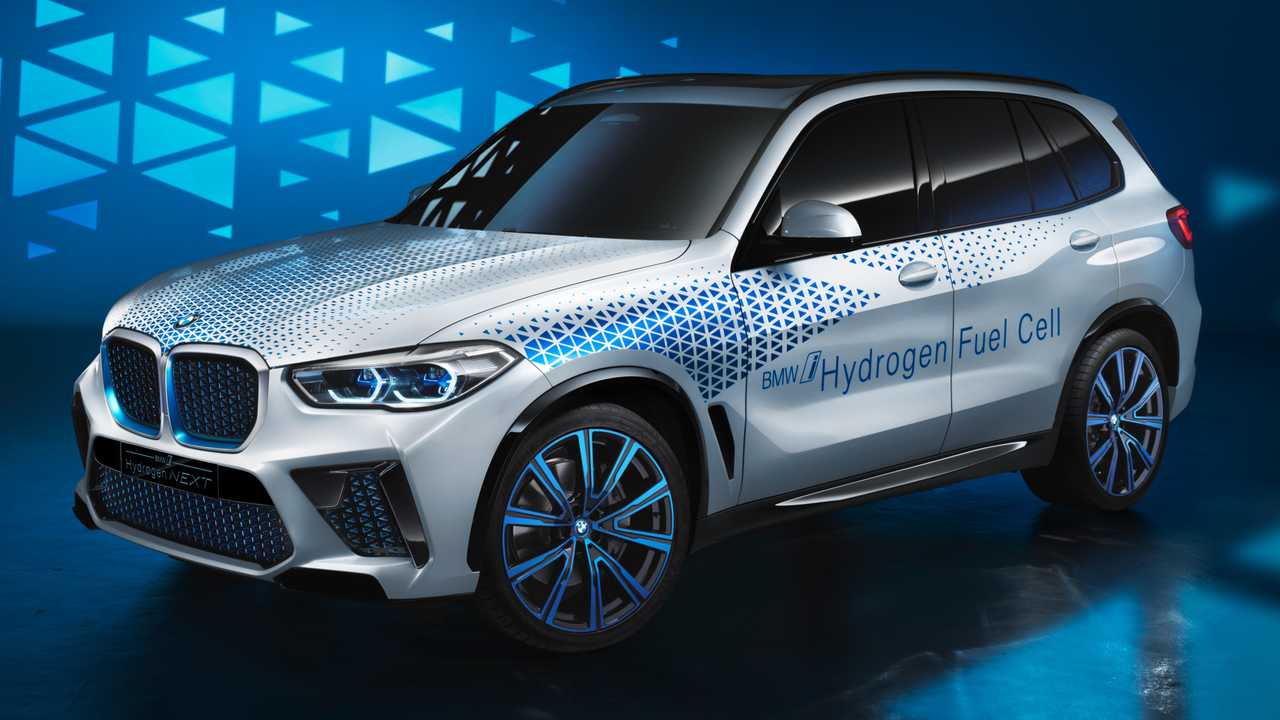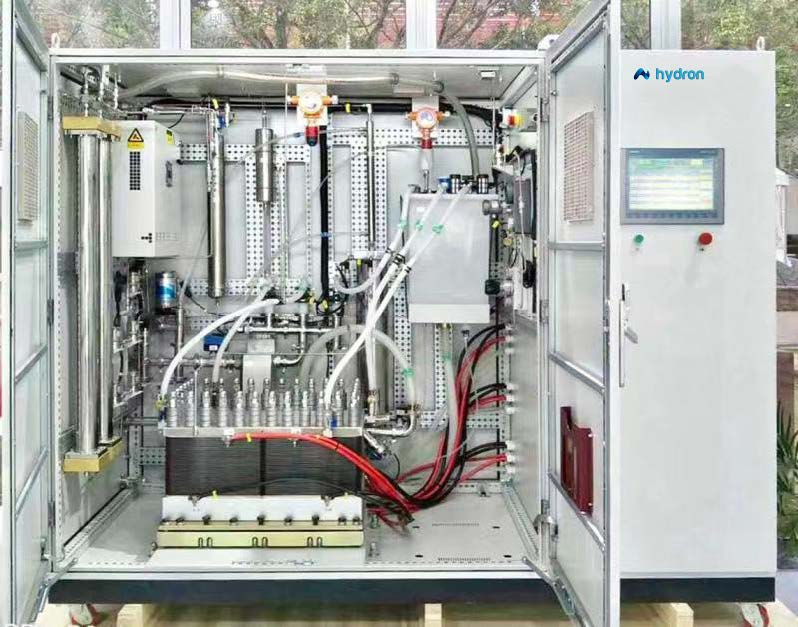Green Hydrogen Fuel Cell Electric Vehicles – FCEVs

There are three categories of electric vehicles in the market:
- Battery electric vehicles (BEVs),
- Plug-in hybrid electric vehicles (PHEVs) and
- Hydrogen fuel cell electric vehicles (FCEVs).
All three, plus the common hybrid electric vehicles (HEVs), have electric engine for propulsion.
The uprising category of electric vehicles is the hydrogen fuel cell electric cars FCEVs. Hydrogen FCEVs convert stored hydrogen in the vehicle to electricity by releasing only clean water.
HYDROGEN FUEL CELL ELECTRIC VEHICLES – FCEVS

HYDROGEN + OXYGEN -> ELECTRICITY + CLEAN WATER
Hydrogen fuel cell vehicles belong in the exponentially growing green energy vehicles market, as the only byproduct they produce is clean water.
FCEVs run on hydrogen stored in compressed gas state for cars or liquid state for trucks and buses. Car manufacturers place the hydrogen storage tanks usually underneath the trunk. The hydrogen fuel is dispensed from hydrogen service-station pumps just like for fossil fuel cars. Another option is Microgrids or even home fueling stations, which are revolutionizing the way that consumers can refuel their cars, without the need of the old model of fuel stations.
Stored hydrogen in the FCEVs, flows from the storage tanks to the fuel cell stack of the vehicle. Fuel cells convert hydrogen to electricity and consist of a pair of electrodes an anode and a cathode, an electrolyte and catalysts. As hydrogen flows into the fuel cell, it enters each penetrable anode. The anodes then separate the hydrogen atoms into positively charged protons and negatively charged electrons.
The electrons flow to the electrical circuit, creating electrical energy, while the protons travel through the electrolyte to the cathode. At the same time, natural oxygen from the air travels through the fuel cell to the cathode. Protons, electrons and oxygen are combined within the cathode’s catalyst, and create clean water, which is the only byproduct of the process. Water vapor, air and heat flow out of the exhaust for 100% clean emissions.
Electric energy is provided courtesy of the protons. The electricity generated by the fuel cell stack is sent to the electric motor that distributes power to the wheels, driving the vehicle.
The hydrogen-storage tank, fuel cell stack and electric motor are three of the five most important components of hydrogen fuel cell cars.
The fourth major element of FCEVs is the high-output battery for storing energy that is produced by regenerative braking, which harnesses kinetic energy from the braking system to reuse. The battery pack also harnesses excess energy from the fuel cell. The fifth major component is the power control unit, tasked with governing the flow of electricity.
ADVANTAGES OF HYDROGEN FUEL CELL ELECTRIC VEHICLES
- The first significant advantage of the FECVs is their 100% clean emissions. Unlike battery BEVs, that need to recycle through expensive processes their Lithium Ion batteries, hydrogen fuel cell electric cars produce only clean water as they move. Also unlike traditional hybrids, they don’t release any noxious fumes into the atmosphere.
- Another advantage is the driving range. Fuel cell vehicles can go 350+ miles before filling up, which is much longer than a battery EV. In good enough cases FCEVs range is more than 400 mlies.
- Hydrogen fuel cell vehicles are as silent as a battery electric cars.
- Hydrogen FCEVs can be refueled in a few minutes, like the traditional cars. This convenience gives the capability of longer range trips, which is the use case of the big majority of the mass market car owners.
- Unlike BEVs, there is no need to replace the batteries in a few years, which creates a cost in the area of 50% of the value of the BEV car at that time.
- Hydrogen can power up heavy vehicle FCEVs, like trucks and buses. Hydrogen is the only way to power up heavy vehicles. Additionally, only hydrogen can fully power up vessels and trains, with carbon zero-emissions.
- Hydrogen vehicles can perform normally in high and low temperatures, while battery vehicles face a lot of operating limitations in these conditions.
Consumers with zero-emissions FCEVs and autonomous green hydrogen production with Microgrid or home refueling dispenser are leading the new economic and social energy revolution of the 21st century.
GREEN HYDROGEN MICROGRID FUEL STATIONS

Users of Hydron’S Autonomous Green Microgrids can add our innovative green hydrogen fuel dispensers to the platform that will enable them to create their private hydrogen Micro fuel station, fully capable to refill hydrogen cars autonomously. Hydron Microgrids users are independent from the old energy distribution model of fuel stations and other energy grids. They can refuel their cars with their private Microgrid green hydrogen fuel station. Green hydrogen energy produced with Hydron autonomous green Microgrids can fully power up the exponentially growing mass market of hydrogen vehicles, homes, buildings and practically any other activity.
Green hydrogen economy highly powers up the social and economic development of our civilization.

Innovation
- Autonomy
- Compact size
- Green Electrolysis
- Warranty 14 months
- High longevity
- Green hydrogen fuel autonomy
- Portability
Green Hydrogen Autonomous Microgrid – FCEVs Fuel Dispenser
Hydron fuel dispenser for microgrids synoptic specs.
| Specs | Large X | Medium M | Small S |
|---|---|---|---|
| Pressure MPa | 35/70 MPa | ||
| Fueling Rate | 3.6 kg/min | ||
| Weight | 8 Kgr |


